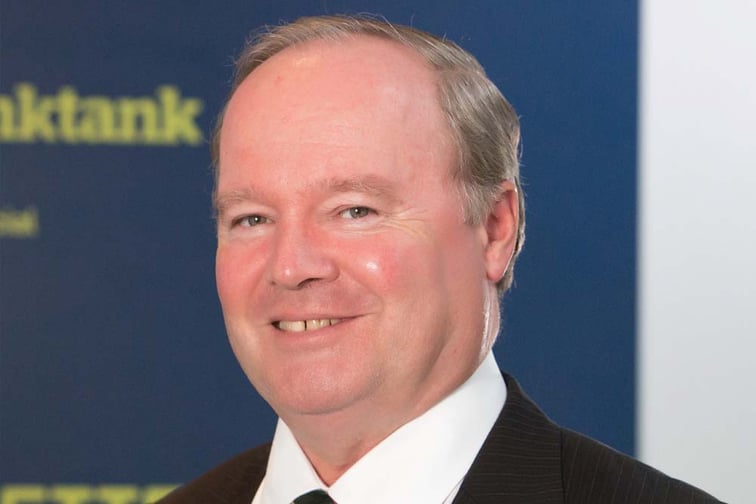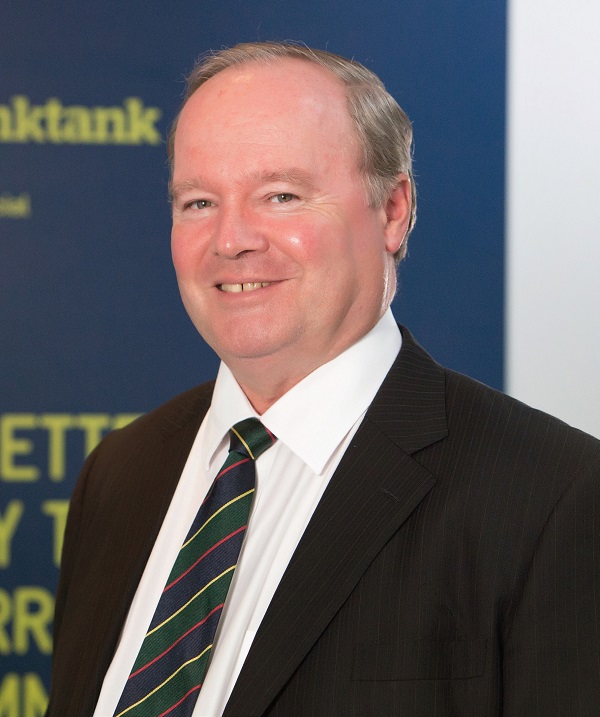

By
The popularity of SMSFs has grown substantially over thepast 20 years, since the ATO began regulating them in 1999. While there has been strong growth in the number of SMSFs and their members, it is their total value of assets that is most impressive, says Per Amundsen, head of research at Thinktank: total assets of SMSFs now reach nearly $750bn, representing the largest portion of total superannuation savings at 27%, just in front of both industry funds and retail funds.
Although growth has levelled out over the past few years, the investment total remains a very significant figure. A key area of interest is limited recourse borrowing arrangements (LRBAs), which make up around 6% of total assets – and with the SMSF sector displaying reliance in the face of the pandemic, this is where opportunities lie.
“Like many in the industry, we expected COVID-19 would result in new applications falling as a result of both investors and owner-occupiers taking some time out from the market to reassess conditions as well as their own circumstances,” explains Amundsen.
“It has been heartening, therefore, that our pipeline of SMSF LRBAs has kept pace with the rest of our portfolio and is in fact up slightly in actual volumes and as a percentage of overall business. One of the key reasons for this is that our business and other similar lenders have experienced lower levels of hardship requests than we might have originally anticipated.”
Digging deeper into the hardship experience, Amundsen says Thinktank is experiencing a lower number of requests for payment deferrals on SMSF loans than across the rest of their portfolio.
 Per Amundsen, head of research, Thinktank
Per Amundsen, head of research, Thinktank
“There is a real opportunity for brokers to make a specialty out of this type of borrowing, and there is enough diversity in SMSF finance to cover most types of residential and commercial property”
There also appears to be a high level of confidence in recovery among SMSF trustees, due to the expectation that, as restrictions ease, their tenants will be able to recommence rental payments, whether they are third parties or related parties in business real property.
“Many are also telling us they only need the three months of relief we originally provided and have recommenced making scheduled loan payments,” Amundsen adds.
“A slower recovery is expected where premises such as restaurants are involved and some time will be needed to return to previous levels of trading. A small number of our clients have unfortunately lost their tenants, and we will be offering additional support to those who need to find new ones as circumstances require.”
This flexible and proactive approach to managing individual situations on an as-needed basis, rather than taking a single and unmoving policy across the board, is one of the reasons why Amundsen expects SMSF LRBA lending to emerge “in very sound shape” from the COVID-19 pandemic.
“This may seem surprising to some, but it reflects the long-term investment approach that SMSF trustees have taken when embarking on geared real property investments within their self-managed superannuation trusts. In fact, those who have criticised these strategies in the past may think again in light of the overall performance record once we emerge from the crisis.”
While the COVID-19 crisis has highlighted the overall strength and stability of SMSF as an investment strategy, Amundsen clarifies that its recent resilience reflects its long-term growth and value proposition.
“As mentioned previously, our own experience has seen Thinktank maintain very good levels of demand, and it has been one of the growth areas of the business during 2020. Although not as strong, this trend also appears to be reflected industrywide from ATO data available, although these are estimates only as the ATO has not been in a position to release its usual quarterly statistics since September last year. What it has shown is that the very rapid growth experienced for some years since the start of SMSFs has now tuned into more steady long-term growth with the introduction of LRBAs,” he says.
“We expect this trend to continue, particularly as the sector emerges quite favourably from the COVID experience, which will further enhance investor and regulator sentiment. It certainly is our impression that there is a greater interest and awareness of SMSFs and the capacity to invest in real property on a geared basis. Given this is the only superannuation vehicle in which you can invest directly in real property – geared or otherwise – it’s likely that the volatility of other investments during 2020 will see people reconsidering their superannuation investment choices, resulting in further growth for both SMSFs and LRBAs.”
For mortgage brokers who wish to diversify and offer their clients better options in this space, Amundsen says there are “a whole range of options for brokers within SMSF LRBAs, just as there are for lenders within the sector”.
“For some, a straightforward geared investment in a residential property is as much as they are interested in becoming involved in. As a broker, it’s important that you are aware of all the regulations imposed on this type of borrowing, and you will need to become specifically accredited,” he advises.
“At Thinktank, we are experts in SMSF LRBAs and can help brokers with their accreditation as well as gain a detailed understanding of the parameters and nuances involved with this type of lending. The more you know about your product, the greater value and result you can offer the borrower.”
For example, with commercial ‘business real property’ SMSF trustees can purchase their own business premises and can also make ‘in specie’ contributions to their SMSF as part of such a transaction.
“Understanding and knowing that these types of structures exist can greatly enhance your marketability and appeal to not only direct borrowers but also financial advisers looking for a broker to assist with arranging SMSF finance for their clients,” Amundsen says.
“There is a real opportunity for brokers to make a specialty out of this type of borrowing, and there is enough diversity in SMSF finance to cover most types of residential and commercial property. Yes, the skills employed in delivering outcomes to borrowers in a situation like we listed above is built on experience, but this shouldn’t be a barrier to getting started.”
Having built extensive experience and expertise in this field over a number of years, Amundsen adds that SMSF lending is “the type of work that builds on itself ”, offering brokers the opportunity to gain a reputation as an active and sought-after participant.
“At Thinktank, we run a variety of workshops and one-on-one sessions to help brokers quickly get up to speed with all the regulations and legislation involved in SMSF lending,” he says.
“There is also a tremendous amount of material available through numerous SMSF industry websites and the likes of law firms that service the sector.”
